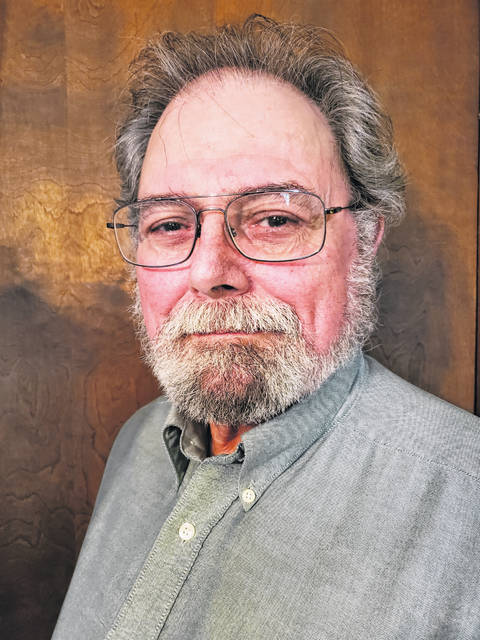
Battlefield custom of three volleys
The tradition dates back to the European dynastic wars, which were between 1688 and 1748. The volleys were shots fired on the field during a battle, signaling a pause in the fighting. It was intended to allow time for both sides to remove the bodies of their fallen soldiers from the battlefield.
The two warring sides would cease hostilities until the firing of three volleys meant that the dead had been properly cared for and the side was ready to resume the battle. The three bullets represent the three volleys fired and the three words duty, honor and country.
The funeral rifle salute often is mistaken by people who aren’t involved in the military as a 21-gun salute, although it is entirely different. The three volleys in the funeral rifle salute are fired from rifles, not “guns.” Therefore, the three volleys aren’t any kind of “gun salute.”
In the military, a “gun” is actually a large-caliber weapon, such as a cannon. The 21-gun salute stems from naval tradition using navy ships’ guns, and it is used to mark certain anniversaries, salute heads of state, and reigning royalty and honor national flags.
Origins of “Taps”
The origins of “Taps,” the distinctive bugle melody played at U.S. military funerals and memorials, and as a lights-out signal to soldiers at night, dates back to the American Civil War. In July 1862, U.S. Gen. Daniel Butterfield and his brigade were camped at Harrison’s Landing, Virginia, recuperating after the Seven Days Battles near Richmond.
Dissatisfied with the standard bugle call employed by the Army to indicate to troops it was time to go to sleep, and thinking the call should sound more melodious, Butterfield reworked an existing bugle call used to signal the end of the day. After he had his brigade bugler, Private Oliver Wilcox Norton, played it for the men, buglers from other units became interested in the 24-note tune, and it quickly spread throughout the Army and even caught on with the Confederates.
Not long after Butterfield created “Taps,” it was played for the first time at a military funeral, for a Union cannoneer killed in action. The man’s commanding officer, Capt. John Tidball, decided the bugle call would be safer than the traditional firing of three rifle volleys over the soldier’s grave, a move which couldn’t be confused by the nearby enemy as an attack. As for the name “Taps,” the most likely explanation is that it comes from the fact that prior to Butterfield’s bugle call, the lights-out call was followed by three drum beats, dubbed the “Drum Taps,” as well as “The Taps” and then simply “Taps.” When Butterfield’s call replaced the drum beats, soldiers referred to it as “Taps,” although this was an unofficial moniker, according to “Taps” historian and bugle expert Jari Villanueva. He notes that Butterfield’s bugle call was officially known as “Extinguish Lights” in American military manuals until 1891. Since that time, “Taps” also has been a formally recognized part of U.S. military funerals.


